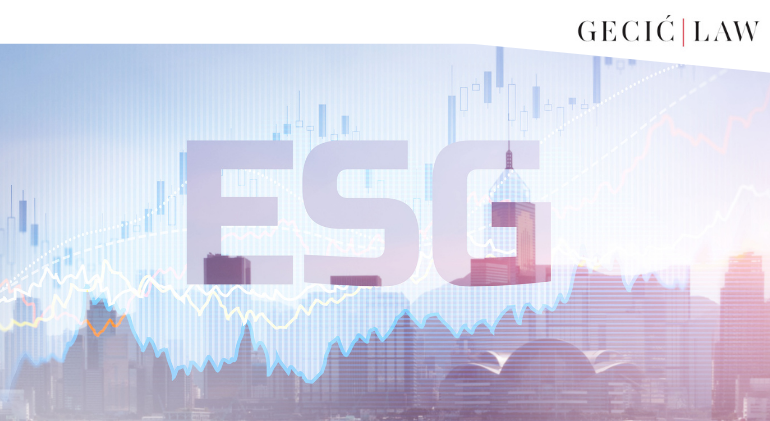

With ESG becoming such a hot topic and the global sustainable finance market reaching more than USD 35 trillion in value, there are expectations of further growth in this rapidly expanding sector. The growth is fuelled on one hand by greater standardization in the area in major economies, including the EU taxonomy, but also a rise in innovation and an ever-greater variety of financial products that fall within this category. Case in point, interesting news has just recently came from the sector.
On August 29th, one of the biggest banks in Europe, Raiffeisen Bank International AG announced that it has given its first short-term loan collateralized by CO2 certificates. For a EUR 40 million term loan, a business client from Austria offered its EU carbon allowances as collateral, lowering the costs of financing and making use of an otherwise inactive balance sheet position.
What does this have to do with ESG initiatives?
A key component of the EU’s Green Deal to tackle climate change was the establishment of the EU Emissions Trading System (ETS). In this system, EU allowances are exchanged to put a price on greenhouse gas emissions and ultimately provide incentives to lower them.
The deal serves both the shift to greater sustainability and Raiffeisen’s creative financing options. It provides business clients with the ability to lower the cost of working capital whilst offering more options for hedging their exposure to emissions.
This is another great example of how good ESG practice set can makes good business sense.
So, let’s see what’s next?
Author: Milica Novaković